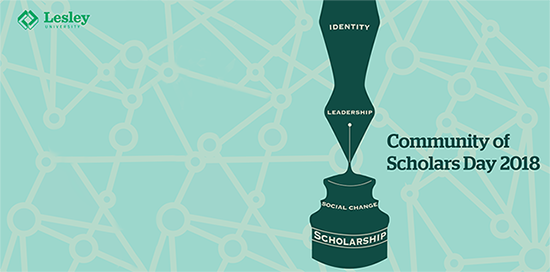Abstract
According to Grayson and Meilman (2011) the stakes are too high in current campus culture to not acknowledge the social roots of mental health issues such as anxiety, and concerns of students as related to campus safety. This arts-based, music performance project responded to concerns on campus from recent political and social events. More specifically, it aimed to explore the concept of “alternative facts” and how this idea plays with the collective concepts of truth and falsifications. It explored applications of clinical improvisation and the concept of collective anxiety as a social phenomenon expressed through arts including music, dance, and visual arts. The music was created through several ‘improvisation labs’ that involved music therapy graduate students. Musical components from those sessions were agreed upon and other musical moments were added to create a composition which would be performed to the public. Audience members, including administrators, and various community stakeholders, were then asked to record their visceral reactions to the performance and gave anonymous feedback. The performance was part of an on-going larger research project on anxiety and campus violence.
Start Date
28-3-2018 4:10 PM
End Date
28-3-2018 5:00 PM
Presentation Type
Panel
Disciplines
Composition | Counseling | Music Performance | Other Music | Psychology of Movement
Full Text of Presentation
wf_yes
Included in
Composition Commons, Counseling Commons, Music Performance Commons, Other Music Commons, Psychology of Movement Commons
Anxiety and Alternative Facts: An Arts-Based Critical Social Improvisation Project
U-Hall 3-089
According to Grayson and Meilman (2011) the stakes are too high in current campus culture to not acknowledge the social roots of mental health issues such as anxiety, and concerns of students as related to campus safety. This arts-based, music performance project responded to concerns on campus from recent political and social events. More specifically, it aimed to explore the concept of “alternative facts” and how this idea plays with the collective concepts of truth and falsifications. It explored applications of clinical improvisation and the concept of collective anxiety as a social phenomenon expressed through arts including music, dance, and visual arts. The music was created through several ‘improvisation labs’ that involved music therapy graduate students. Musical components from those sessions were agreed upon and other musical moments were added to create a composition which would be performed to the public. Audience members, including administrators, and various community stakeholders, were then asked to record their visceral reactions to the performance and gave anonymous feedback. The performance was part of an on-going larger research project on anxiety and campus violence.




